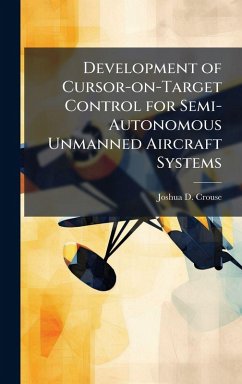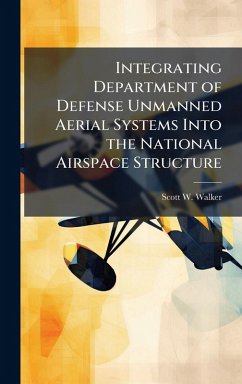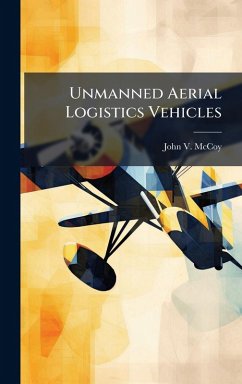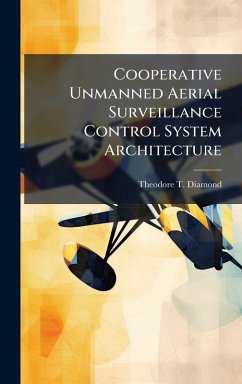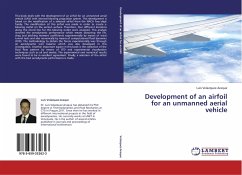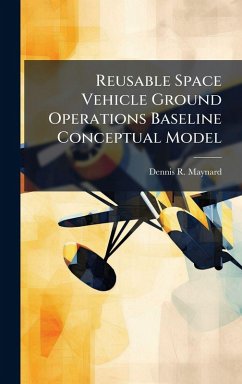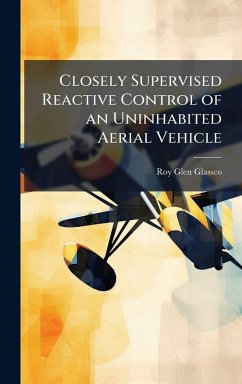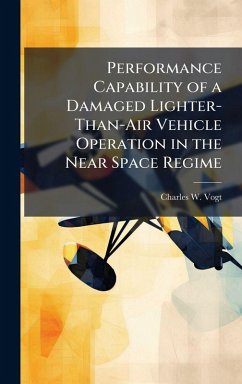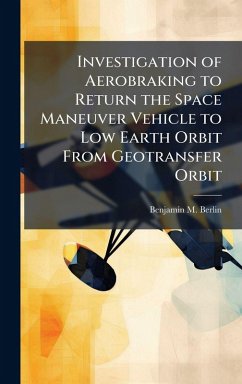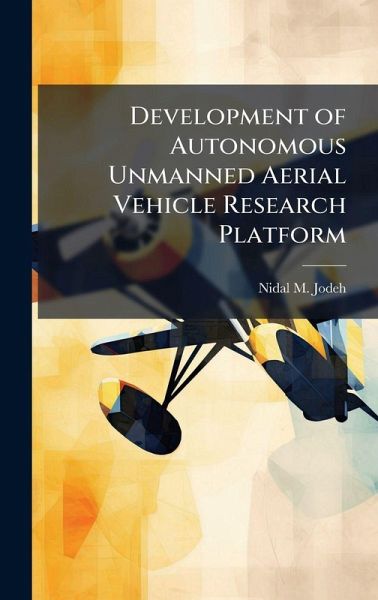
Development of Autonomous Unmanned Aerial Vehicle Research Platform
Versandkostenfrei!
Versandfertig in über 4 Wochen
30,99 €
inkl. MwSt.
Weitere Ausgaben:

PAYBACK Punkte
15 °P sammeln!
The Advanced Navigation Technology (ANT) Center at the Air Force Institute of Technology (AFIT) conducts extensive research in advanced guidance, navigation, and control to exploit the full potential of autonomous Unmanned Aerial Vehicles (UAV). The research in this thesis describes a UAV research platform developed to support the ANT Center's goals. This platform is now the bedrock for UAV simulation and local flight test at AFIT. The research has three major components. The first component includes development of a physical, inertial, and aerodynamic model representing an existing aircraft. ...
The Advanced Navigation Technology (ANT) Center at the Air Force Institute of Technology (AFIT) conducts extensive research in advanced guidance, navigation, and control to exploit the full potential of autonomous Unmanned Aerial Vehicles (UAV). The research in this thesis describes a UAV research platform developed to support the ANT Center's goals. This platform is now the bedrock for UAV simulation and local flight test at AFIT. The research has three major components. The first component includes development of a physical, inertial, and aerodynamic model representing an existing aircraft. A systematic analysis of the airframe leads to a complete geometric, inertial, and aerodynamic representation. The airframe analysis includes the use of USAF Digital Datcom, an aerodynamic modeling software tool. Second is the development and implementation of a non-linear, six degree of freedom simulation, employing the developed model. Constructed in Matlab/SIMULINK, the simulation enables control design and pre-flight analysis throughout the entire flight envelope. Detailed post-flight analysis is also performed in Matlab/SIMULINK. Additionally, a Hardware in the Loop benchmark simulation is constructed for initial flight test planning as well as test team training. This work has been selected by scholars as being culturally important, and is part of the knowledge base of civilization as we know it. This work was reproduced from the original artifact, and remains as true to the original work as possible. Therefore, you will see the original copyright references, library stamps (as most of these works have been housed in our most important libraries around the world), and other notations in the work. This work is in the public domain in the United States of America, and possibly other nations. Within the United States, you may freely copy and distribute this work, as no entity (individual or corporate) has a copyright on the body of the work. As a reproduction of a historical artifact, this work may contain missing or blurred pages, poor pictures, errant marks, etc. Scholars believe, and we concur, that this work is important enough to be preserved, reproduced, and made generally available to the public. We appreciate your support of the preservation process, and thank you for being an important part of keeping this knowledge alive and relevant.



